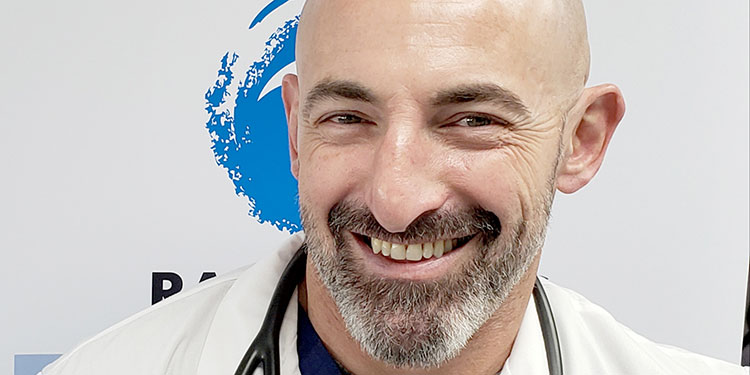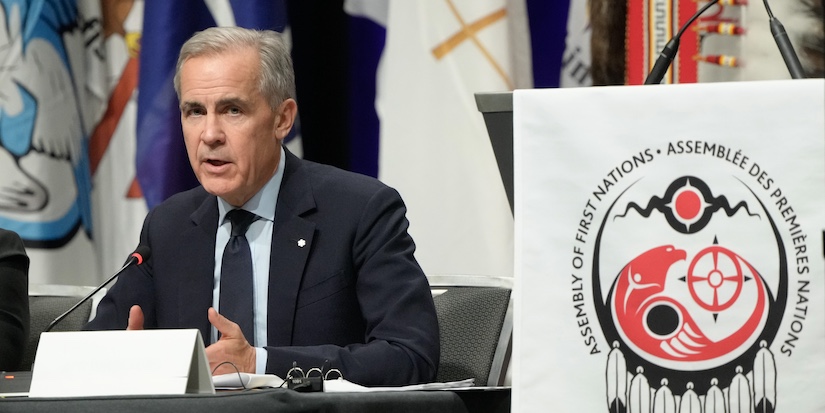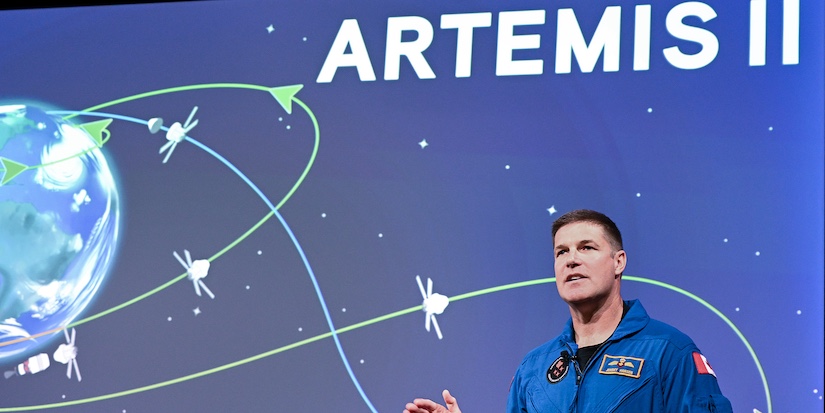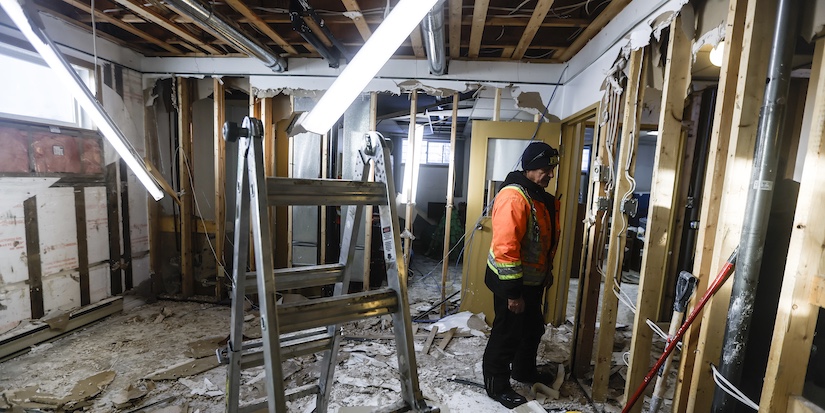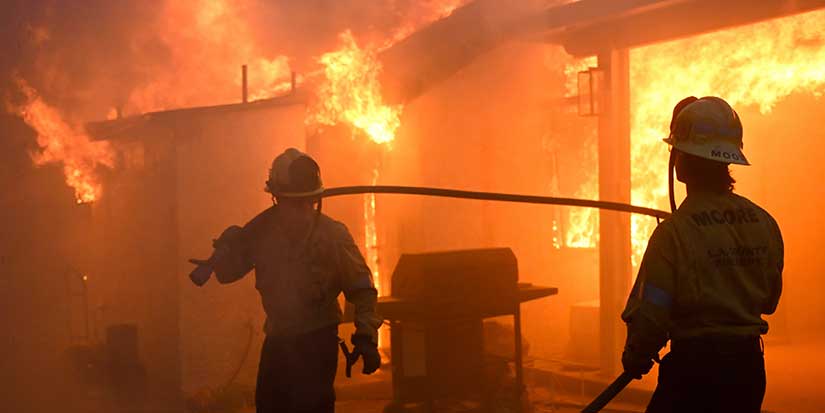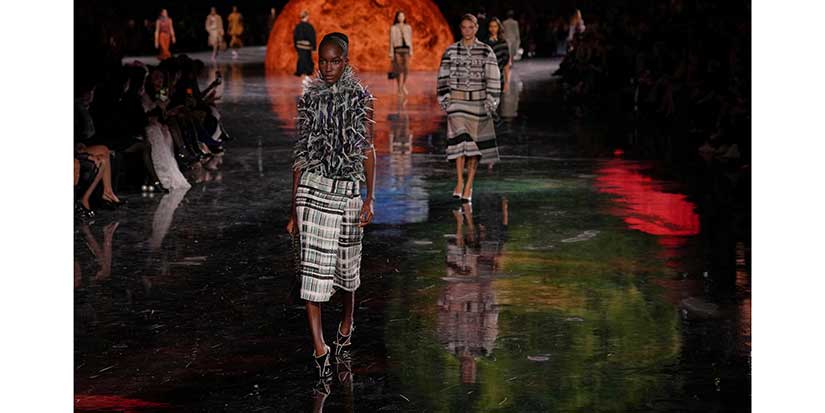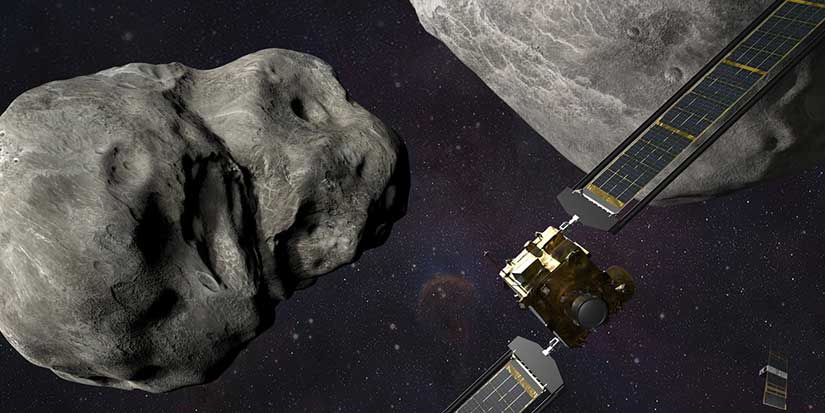Latest News
Hyperbaric therapy is helping animals heal

A cat came to us at the RAPS Animal Hospital recently. He had lesions on his paws and around his face caused by an immune-mediated disease—meaning that his immune system was attacking his own skin.
“His family had taken him to a dermatologist for seven or eight months, he was on multiple drugs and special diets but, after all that, nothing was helping,” says Dr. Roey Kestelman, medical director of the RAPS Animal Hospital. “The family just didn’t know what to do anymore.”
The RAPS Animal Hospital has Canada’s only veterinary hyperbaric oxygen facility. This innovative, non-invasive therapy has been used for decades in human medicine with amazing results. It is available in several dozen of the leading veterinary hospitals in the United States. But this is the only one in Canada.
After a couple of sessions of hyperbaric therapy, the cat’s lesions healed, hair grew back where it had disappeared and the cat is now completely medication-free.
“The result was spectacular but, to me, not surprising,” says Kestelman. “As a veterinarian, I see all kinds of injuries, diseases and conditions in animals. Almost without exception, each of them can benefit from hyperbaric oxygen therapy.”
Hyperbaric therapy is remarkably simple—and if you understand how it works, it makes sense that it is so effective and efficient in helping animals (and people) heal from injuries, surgery or other conditions.
They say time heals all wounds. That may be true, but the active ingredient in healing wounds is not time so much as oxygen.
“There is nothing more important than oxygen in encouraging healing,” says the veterinarian. “The problem with injuries, however, is that, by very definition, injuries impede the flow of oxygen to the affected area. Fluids build up, creating edema around the injury. This prevents oxygen from getting to the site to do its healing magic.”
Hyperbaric oxygen therapy works by placing the patient in a pressurized environment where the amount of oxygen in the blood is significantly increased. The pressure allows more of the oxygen to be carried to the injured tissue, organ, muscle or bone, speeding healing—or, as in the case of the cat with lesions, clearing up the problem entirely when no other interventions worked.
Virtually every surgical procedure or injury can benefit from hyperbaric oxygen therapy. Some of the conditions for which hyperbaric therapy is deemed beneficial include orthopedic surgeries, internal surgeries, dog bites, skin flaps, broken bones, inflammation of internal organs like the pancreas, liver and intestines, urinary tract infections, cancer, hormonal imbalances and the failure of organs like the kidney and liver.
“When I explain the therapy to people, they often ask me, ‘If hyperbaric oxygen therapy is so amazing, why isn’t everyone doing it? Why is the RAPS Animal Hospital the only place in Canada offering it?’ Good question. Not every veterinary facility has a specialist in every field of medicine. The nature of the profession is that each region might have only a couple of specialists in each area of medicine and vets from throughout the region refer patients to them. Just like in human medicine. Your GP doesn’t have an MRI machine in their office.”
As the efficacy of hyperbaric oxygen therapy became accepted in human medicine, some of the most advanced, innovative pioneers in veterinary medicine began thinking about bringing this modality into the care of animals. Just like the use of chemotherapy, ultrasound and other approaches to medicine that have, in recent years, migrated from human to animal care, hyperbaric is only recently becoming more common.
“We are thrilled to be the only facility in the country offering this innovation —but we have no illusions that this distinction will last,” Kestelman says.
In the meantime, people (and their companion animals) are fortunate to have this therapy available right here in Metro Vancouver.
If you would like to speak with us about how hyperbaric oxygen therapy might help your companion animal, give us a call at 604-242-1666.
Pat Johnson is Communications Director of the Regional Animal Protection Society.
